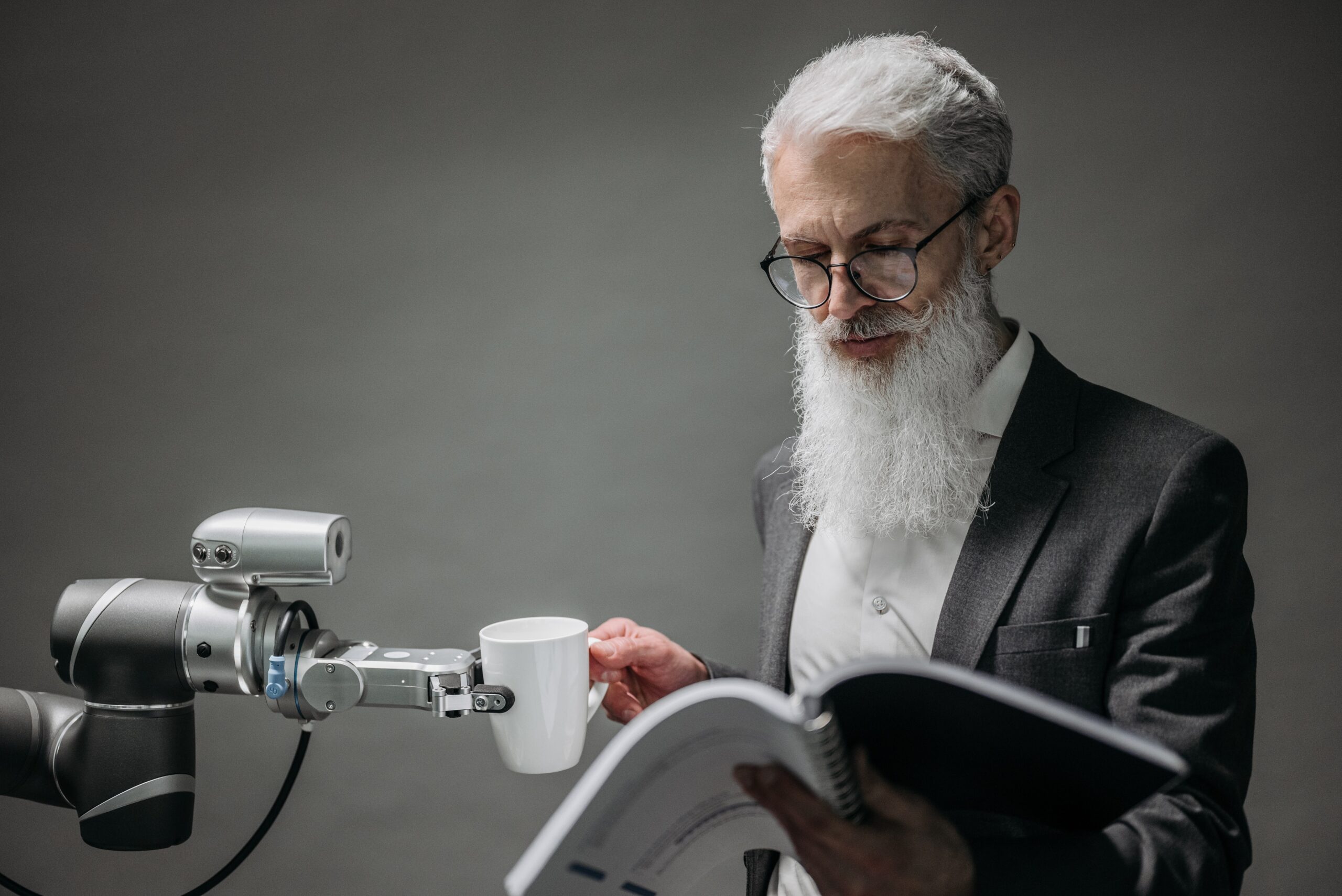Automation, Robotics and Artificial Intelligence (AI) have advanced dramatically in recent years. But contrary to observations that robots and automated processes will render the human touch obsolete, these advancements have actually made human-to-human interaction more valuable than ever.
Indeed the precept of Collaborative Intelligence captures the concept of how AI and robotics work together with human intelligence to achieve much more efficient learning processes than either can accomplish alone.
AI and human insight working together in health care

Companies like Ellipsis Health are combining the best aspects of AI and expert human observation to optimize Collaborative Intelligence. Using hundreds of thousands of data points, the company refines the process of culling key words and phrases from voice samples to determine patterns that provide insight into mental health. While the data analysis part of the process is automated, it is the human oversight that ultimately drives the process.
Remote Patient Monitoring (RPM) is another ideal demonstration of Collaborative intelligence. Using data collected by smart devices, physicians and other health care practitioners can refine care plans and offer real time feedback for patients. Remote care has come into sharp focus after the pandemic, since many patients avoided in-person visits. With the success of RPM, many care givers are continuing to offer these services post-pandemic. Hospitals are keen to optimize remote care to avoid costly and unnecessary readmissions. Companies like ITS are leading the way in offering not only RPM but Behavioral Health Integration (BHI) another highly sought-after solution where automation can save lives.
Impact on Supply Chain
The disruptions in the global supply chain caused by the pandemic have continued well into 2022. Consumers are still finding it difficult to source cars and other products. Finding new, often automated processes to streamline the distribution of goods has been the focus of the logistics industry for a long time. After the pandemic, manufacturers in many other industries, including pharmaceutical companies, have recognized the enormous negative financial impact of supply chain problems.
In assessing this problem, one consistent insight emerges: the need to make critical human-based decisions to inform how the problems get resolved. The good news is that advancements in robotics, AI and enterprise management are making it more efficient to achieve these objectives once the correct course of action has been made. It is no accident that BMW discovered an 85% boost in efficiency from people and robots working together versus having them work on opposite sides of the factory.
Humans and machines bring different qualities to business decisions

AI and machine learning provides a deterministic, algorithmic approach to refinement that is devoid of the emotional IQ needed for human decisions. Humans will always incorporate some form of bias into their decisions, which is generally a good thing in that it reflects how society views priorities. An example of this is how vaccines were provided to at-risk populations before younger, healthier ones.
For a gamut of industries like addressing the new frontier of health care, Collaborative Intelligence is leading the way forward.

